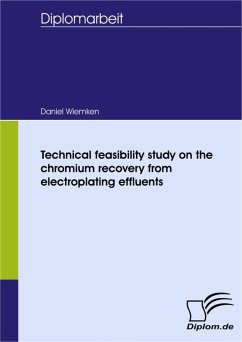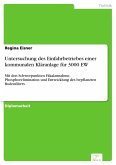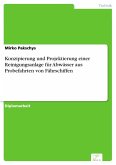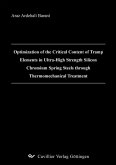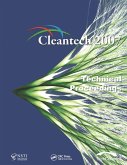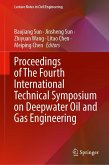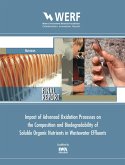Inhaltsangabe:Introduction: Rapid industrialisation and growth in population over the past two hundred years exert an increasing pressure on natural resources and the environment. Billions of tons of controlled and scheduled waste are generated every year by the industrial sector worldwide which is often either pre-treated on-site or at a licensed contractor prior to disposal in landfills. This practice if continued is leading to resource depletion and creates a potentially harmful legacy for future generations. In order to move towards a more sustainable development as outlined in the Bruntland Report, waste reduction, reuse and recycling coupled with pollution prevention measures play an important part to slow down if not reverse this practice. Heavy metals such as cadmium, mercury, lead and chromium are not degradable or renewable like biomass hence if they are to be used in future processes reuse and recycling are the only options. At present, heavy metals are used in the chemical industry sector for applications ranging from batteries to catalysts and surface coatings, and can be found at various concentrations in gaseous, liquid or solid waste. Chromium is of particular interest owing to its legislative status and unique chemistry. Chromium exists in nature primarily in one of two oxidation states. There are other chemical oxidation states of chromium, which include 0, II, IV, and V, but they are considered transitory compared to more stable Cr(III) and Cr(VI) species. Hexavalent chromium is a strong oxidizer which can react with DNA causing mutation, while the trivalent, organically complex form is a dietary supplement to help with proper glucose metabolism, weight loss and muscle tone. Unlike many other metals, Cr(VI) can combine with oxygen to form water-soluble, negatively charged anions known as yellow chromate (CrO42-) or orange dichromate (Cr2O72-), which adsorb to positively charged sites in contrast to cationic metal species. Therefore, hexavalent chromium species are not strongly bonded in many soils under alkaline to slightly acidic conditions, for example. Thus, they can be very mobile in subsurface environment while other metals precipitated out and exert toxic effects on biological systems. Various well-established methods may be used to treat industrial effluents and contaminated water such as reduction and precipitation, reverse osmosis, evaporation, ion exchange and adsorption. While these processes are able to remove [...]
Dieser Download kann aus rechtlichen Gründen nur mit Rechnungsadresse in A, B, BG, CY, CZ, D, DK, EW, E, FIN, F, GR, HR, H, IRL, I, LT, L, LR, M, NL, PL, P, R, S, SLO, SK ausgeliefert werden.

